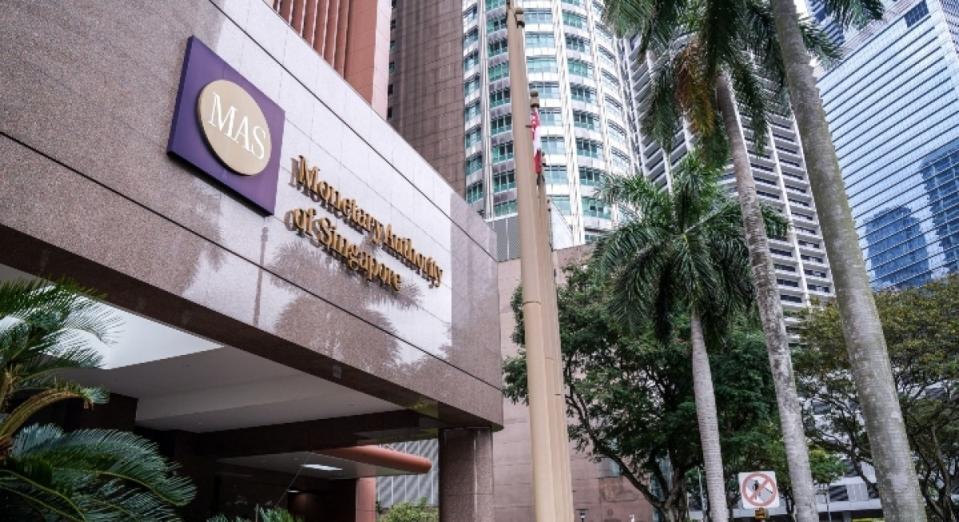MAS tops the list of reported gold buyers in 1Q2023: WGC report

In Singapore, consumer demand for gold in the first quarter of the year fell 20% y-o-y to 3.3 tonnes from 4.1 tonnes in 1Q2022.
The Monetary Authority of Singapore (MAS) was the largest single buyer during the first quarter of the year, according to the World Gold Council’s (WGC) latest Gold Demand Trends report.
WGC head of Asia Pacific (ex-China) and global head of central banks Shaokai Fan says the addition of 69 tonnes — the first increase in the central bank’s gold reserves since June 2021 — confirms that buying in the first quarter was not only the domain of emerging market central banks.
“Gold reserves at MAS now total 222 tonnes, 45% higher than at the end of 2022,” says Fan.
While global gold demand was 13% lower y-o-y, a recovery in the over-the-counter market propped up total gold demand to 1,174 tonnes, a slight 1% increase compared to 1Q2022, the report finds.
In Singapore, consumer demand for gold in the first quarter of the year fell 20% y-o-y to 3.3 tonnes from 4.1 tonnes in 1Q2022. This was a result of local bar and coin demand falling by 8% y-o-y to 1.4 tonnes during the quarter, while local jewellery demand fell by 27% y-o-y to 1.9 tonnes.
Central banks such as the MAS helped boost demand, adding 228 tonnes to global reserves — a 1Q record high in this data series.
Additionally, sustained and significant purchases from the official sector underscore gold’s role in international reserve portfolios during times of market volatility and heightened risk.
In comparison, global jewellery was relatively flat in the first quarter at 478 tonnes. Chinese demand regained ground, reaching 198 tonnes in its first quarter of unfettered consumer activity since the lifting of lockdown restrictions.
This offset weakened demand in India, where consumption fell by 17% y-o-y to 78 tonnes in 1Q2023. The sharp increase in domestic gold prices was the primary factor impacting purchases, WGC says.
Investment demand, on the other hand, was a “chequered” landscape in the first quarter. Renewed gold-backed exchange-traded fund inflows in March — driven primarily by systemic risk in the US economy — partially countered outflows in January and February. This helped to bring quarterly outflows down to a modest 29 tonnes.
Meanwhile, bar and coin investment strengthened 5% y-o-y to 302 tonnes, although there were notable shifts in key markets. US bar and coin demand hit 32 tonnes in 1Q2023, the highest quarterly level since 2010 driven primarily by recession fears and a flight-to-safety amid the banking turmoil. This increase helped offset weakness in Europe, particularly Germany where there was a 73% drop in demand.
“Against the backdrop of turmoil in the banking sector, ongoing geopolitical tensions and a challenging economic environment, gold’s role as a safe haven asset has come to the fore. In this landscape, it is likely that investment demand will grow this year, especially with waning headwinds from the strong US dollar and interest rate hikes,” says WGC senior markets analyst Louise Street.
See Also:
Click here to stay updated with the Latest Business & Investment News in Singapore
Revolut adds platinum and palladium to its commodities trading feature in Singapore
Get in-depth insights from our expert contributors, and dive into financial and economic trends

 Yahoo Finance
Yahoo Finance 